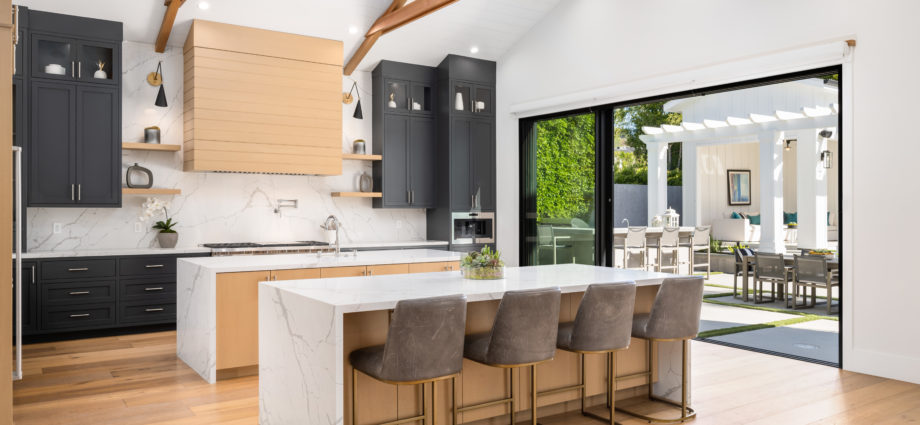Adding a home addition is an exciting project for any homeowner, but it’s important to consider the environmental impact of your renovation. By incorporating eco-friendly designs into your home addition, you can reduce your carbon footprint and create a more sustainable living space. In this guide, we will discuss some simple ways to make your home addition more environmentally friendly.
Choosing Sustainable Materials
One of the first steps in creating an eco-friendly home addition is choosing sustainable materials. This means using materials that are renewable, recycled, or have a low impact on the environment.
For example, instead of using traditional hardwood flooring which contributes to deforestation, opt for reclaimed wood or bamboo flooring. These materials are not only sustainable but also add a unique and rustic touch to your home.
You can also consider using recycled materials such as glass tiles, which are made from discarded glass bottles and have a lower carbon footprint compared to traditional ceramic tiles.
Another option is to use natural insulation materials such as sheep’s wool or cellulose instead of fiberglass, which can release harmful chemicals into the air. These materials not only provide better thermal insulation but are also biodegradable and non-toxic.
Utilizing Solar Energy
Incorporating solar panels into your home addition can significantly reduce your reliance on non-renewable energy sources. Solar panels harness the sun’s energy and convert it into electricity, making it a sustainable and clean source of power for your home.
Aside from its environmental benefits, utilizing solar energy can also save you money on utility bills in the long run. You can even take advantage of government incentives and tax credits that are offered to homeowners who use renewable energy sources.
Capturing Natural Light
In addition to utilizing solar energy, incorporating natural light into your home addition is another great way to be eco-friendly. This means installing larger windows or skylights to allow more natural light to enter your home.
Not only does natural light create a warm and inviting atmosphere, but it also reduces the need for artificial lighting, which can contribute to energy waste. When designing your home addition, consider incorporating window placement and size strategically to maximize natural light throughout the day.
Implementing Energy-Efficient Appliances
Another simple way to make your home addition more eco-friendly is by using energy-efficient appliances. Look for appliances that have an ENERGY STAR rating, which means they meet strict energy efficiency guidelines set by the government. These appliances use less energy, ultimately reducing your carbon footprint.
Some energy-efficient features to look for include low water consumption, dual-pane or triple-pane windows, and LED lighting. While these appliances may have a slightly higher upfront cost, they will save you money in the long run through lower utility bills and reduced energy consumption.
Conclusion
Incorporating eco-friendly designs into your home addition not only benefits the environment but also adds value and functionality to your living space. By choosing sustainable materials, utilizing solar energy, capturing natural light, and implementing energy-efficient appliances, you can create a more environmentally conscious home. Consider incorporating these ideas into your next home addition project to make a positive impact on the planet while creating a beautiful and sustainable living space.
With these tips, you can turn your home addition into an eco-friendly oasis that you can be proud of for years to come. So why wait? Start planning your environmentally friendly home addition today! As we continue to prioritize sustainability in our daily lives, incorporating it into our home renovations is a natural next step. Let’s work towards a greener future, one home addition at a time.
